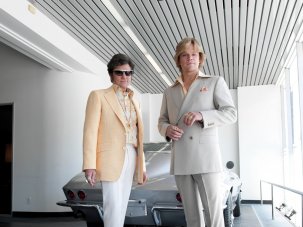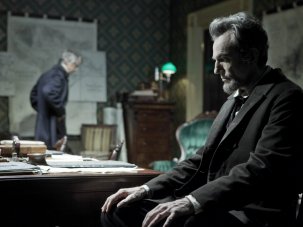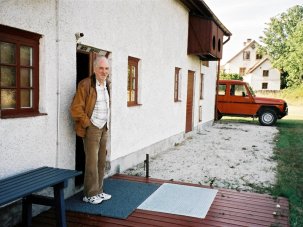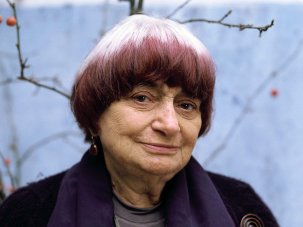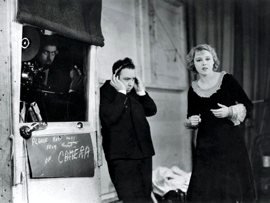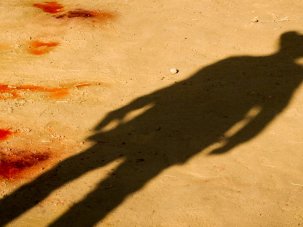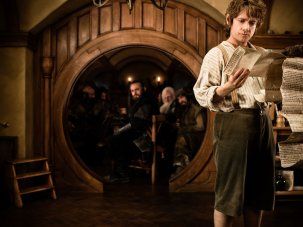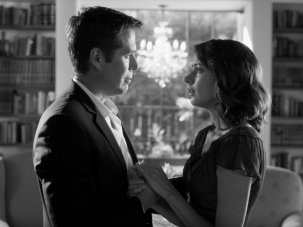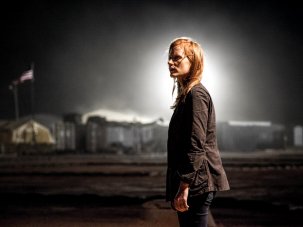from our September 2013 issue
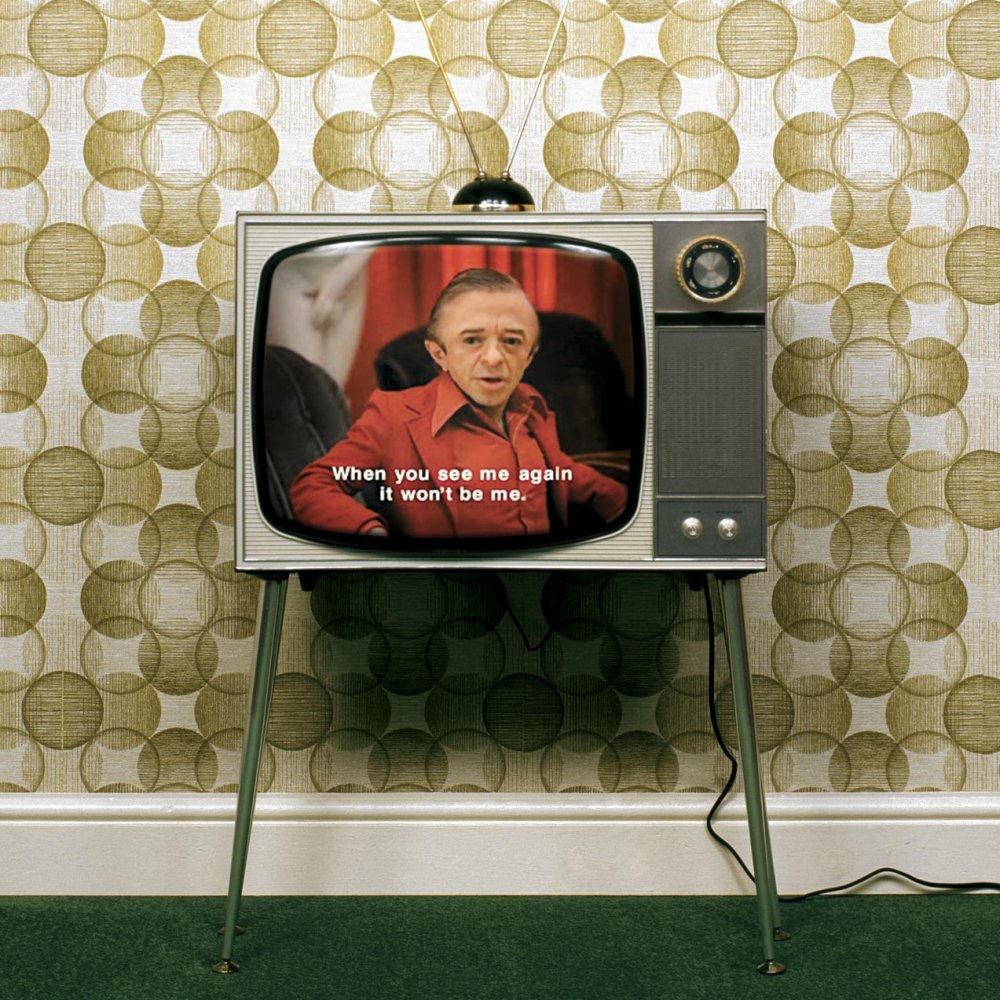
Credit: Getty Images / BFI National Archive
Television is better than the movies now. Listen to the buzz. Reel off the titles. Haute-watercooler opinion is united on the point, and has been for a while.
“TV is where the action is,” declared James Wolcott in Vanity Fair’s May 2012 “TV Issue”, and everyone wants a piece. The American cable drama “has reached a point of artistic credibility”, wrote James Meek in the London Review of Books more recently, “where an editor from a noted US literary imprint complained to me recently of under-contract novelists putting unfinished books to one side in favour of script work on what they hope will be the next Mad Men”. No one demurred when Steven Soderbergh told Cannes, the seventh art’s last redoubt: “TV is really taking control of a conversation that used to be sort of the exclusive domain of movies.”
TV has changed, but the conversation has changed more. With that word – he also used “cultural real estate” – Soderbergh evoked the weave of published commentary and actual conversation whose pattern has been transformed by the internet.
In theory, that transformation – which coincided with the rise of the cable drama since the late 1990s – should have affected the movies like everything else. In theory, the distinction between ‘television’ and ‘film’ should have been erased by technological convergence.
But it doesn’t feel that way. Despite the scale of the digital change within the film industry, which David Bordwell has compared with the transition to sound, to visit a cinema is to return to the analogue age. TV, meanwhile, has kept time with the polyrhythms of digital media, with the tweet and the long tail.
A show like Game of Thrones (2011-) will control the conversation, at least among ‘multi-screeners’, even as it is being broadcast; then, the next day, through its recappers. Recaps (annotated synopses), feeding and feeding off social media, are now so numerous that New York Magazine’s Vulture website has taken to providing recaps of the recaps. In a good week, something else will happen – as when the London freesheet Metro ran a story about the ethics of recapping on its front page – that will keep the conversation going until the next episode, when the cycle begins again.
TV has kept time with the polyrhythms of digital media, with the tweet and the long tail
Some movies might generate that amount of hot air for a fortnight, but few good ones – and none for three months. The release of the box-set, by which time the literary reviews will have caught on and academic symposia will have been convened, generates yet more.
It was the box-set, followed by downloads and streaming services, that made this conversation possible – perhaps especially in Britain, which never had HBO directly. If TV on unaesthetic VHS cassettes, sold two episodes at a time, was never very practical, the DVD box-set and its equivalents have become the primary way in which some shows are seen.
The Wire, famously, was barely known here even five years after its 2002 debut, and wasn’t broadcast by the BBC until 2009, after the series had ended – and then nightly, ending after midnight, in an awkward pastiche of the box-set experience. Its creator David Simon has said that it only “started selling DVDs hand over fist in 2010, 2011”. Movies have achieved that kind of slow-burn success before, but none recently…
[Continued in our September 2013 issue]
Film directors on TV
Jane Campion
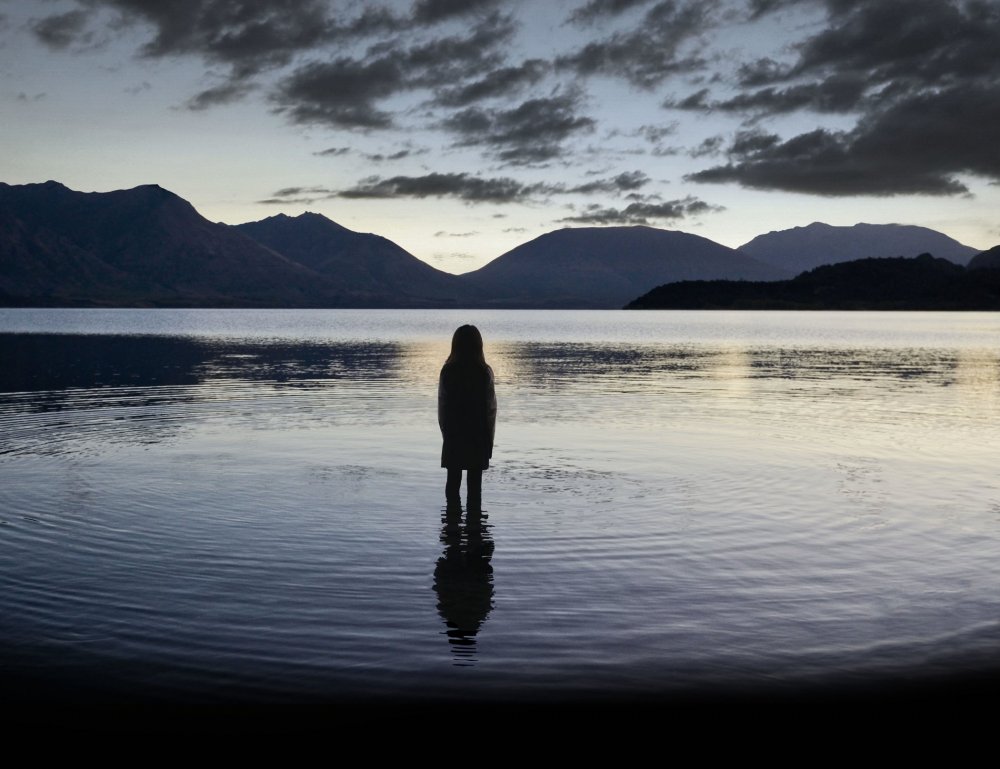
Top of the Lake (2013)
Currently screening on BBC2, Campion’s Top of the Lake (2013) may have been produced as a seven-part crime series for the small screen but it is in every way an epic work. The intensity of the performances by Elizabeth Moss, Holly Hunter and Peter Mullan and the urgency of the drama are scaled to match the vast, primal New Zealand setting. I’ve watched it both on TV and projected in a cinema, and while it’s compelling in both situations, in the former it plays like melodrama, in the latter like a feminist myth for our times.
In her two earlier made-for-TV films, Campion went in the opposite direction, playing on the intimacy of TV and its novelistic potential for making characters seem like part of your imaginary family.
2 Friends (1986) explores the relationship between two young women, a subject to which she returned in her first cinema feature Sweetie (1989). Certainly radical as TV storytelling, 2 Friends begins after the loss of the friendship in question has left both teenagers bereft, and then works its way backwards in time to reveal how over the course of nine months the once-bosom buddies took increasingly divergent paths, impelled by temperament, parenting and class. The structure produces a compelling, dramatic irony – the more we know about the girls, the less aware they are of what will happen to them.
The miniseries An Angel at My Table (1990), based on the autobiography of New Zealand novelist Janet Frame, was also released in cinemas in a somewhat shortened form, despite Campion’s fears that its plain visual style, compelled by budget and schedule, wouldn’t register well on the big screen. But this style proved a remarkably effective correlative for what is strongest in Frame’s own writing: how direct and personal it is while utterly lacking in narcissism. Certainly the choices Campion made in her first experience of translating the life of a writer to the screen would figure two decades later in her Keats biopic Bright Star (2009).
— Amy Taubin
John Ford
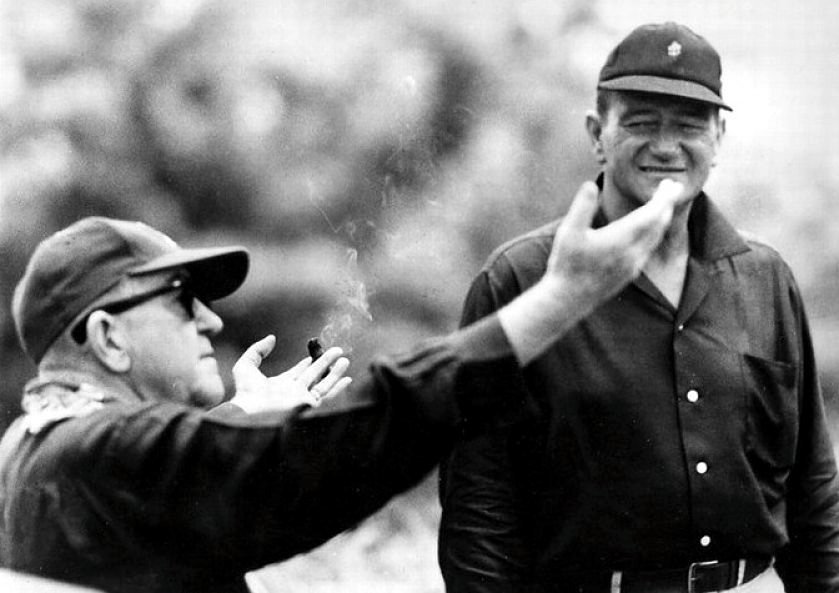
John Ford (left) directing John Wayne on the set of Flashing Spikes (1962)
Ford was prepared to embrace TV, and in 1948 was reported to be developing a method of televisual filming specially adapted to a “high entertainment tempo”. In the end, though, his fidelity to cinema meant he made only four (known) projects for series TV, plus a never-broadcast military documentary.
Rookie of the Year (1955), for Screen Directors Playhouse, and Flashing Spikes (1962), for Alcoa Premiere, were baseball stories prompted by the 1919 Black Sox bribery scandal. Both feature Pat Wayne as a gifted young ballplayer whose future is jeopardised by a journalist on the make. In the former, John Wayne plays a small-town reporter who realises the kid is the son of a disgraced pro (Ward Bond), but instead of exposing him keeps mum out of respect for the fallen hero.
In the latter, a louche columnist (Carleton Young), who hates baseball, claims the rookie took a bribe from another banned veteran (James Stewart, excellent), who is merely mentoring the young star. Both films align with Ford’s features Fort Apache (1948) and The Man Who Shot Liberty Valance (1962) in unveiling a past conspiracy, and both exude a Rockwellian affection for old-timers forgiven or redeemed; Flashing Spikes, the more characteristically Fordian, makes the strongest statement about Hollywood blacklisting.
Ford’s 1950 feature Wagon Master inspired the popular series Wagon Train (1957-65), and when he came to shoot The Colter Craven Story (1960) for the series, he integrated hill-crossing footage from the earlier film. It’s more explicitly psychological than most Ford: Carleton Young (again) plays a self-pitying alcoholic doctor who overcomes Civil War trauma to perform a Caesarean. The extended flashback concerning Ulysses S. Grant’s moral resurrection, with which Ward Bond’s trail boss teaches Craven an ethical lesson, is pure Ford.
As ‘Michael Morris’, Ford’s most famous star John Wayne cameo’d as a Ford-like Marine Corps umpire in Korea in Rookie and as General Sherman at Shiloh in Colter Craven. He was absent, however, from Ford’s The Bamboo Cross (1955), a 29-minute drama made for the series Jane Wyman Presents The Fireside Theatre. A rabidly anti-communist, fervently Catholic story about American nuns menaced in China, it has been described as “grotesque” and “the low point of Ford’s career”.
— Graham Fuller
Quentin Tarantino
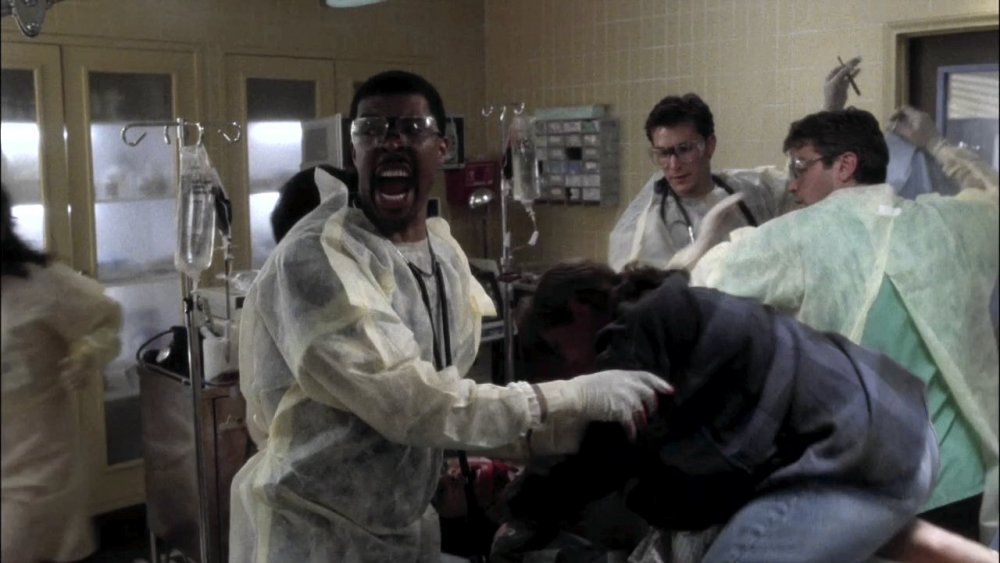
Motherhood, a 1995 episode of ER
Tarantino directed an episode of ER in 1995 entitled Motherhood. The events of the episode are framed against the birth of a child, and in one extremely moving moment Kathleen Wilhoite clutches her newborn and observes in horror as the blood-splashed chaos of the emergency room swells around her. Is this what her daughter has to look forward to? It’s a moment that echoes the sedate, climactic sequences of Kill Bill: Vol. 2 (2004), Tarantino’s grandiose cartoon revenge saga which eventually reveals itself as deep expression of maternal anxiety.
Tarantino’s TV work has been a strictly big-ticket affair, with the director sub-letting his eponymous brand as a ratings booster. The formulaic nature of TV drama means that his ER episode sticks rigidly to the series template, even though he does appropriate the hectic machinations of a hospital environment as an excuse to channel classic screwball comedy.
Tarantino’s proclivity for plundering his vast record collection is in evidence as a Bob Neuwirth track plays over the opening shots of his 2005 double episode of CSI: Las Vegas – entitled Grave Danger – which again draws on Kill Bill: Vol. 2, with the entire plot riffing on the scene in which Daryl Hannah’s Elle Driver buries Thurman’s Bride alive. Though narratively it’s fairly standard CSI, Tarantino’s paw prints are always highly visible, initially in a comic digression in which two characters discuss the rules of the Dukes of Hazzard board game, and later when a monochrome splatter dream sequence is ushered in to take us across the finish line.
— David Jenkins
Lars von Trier
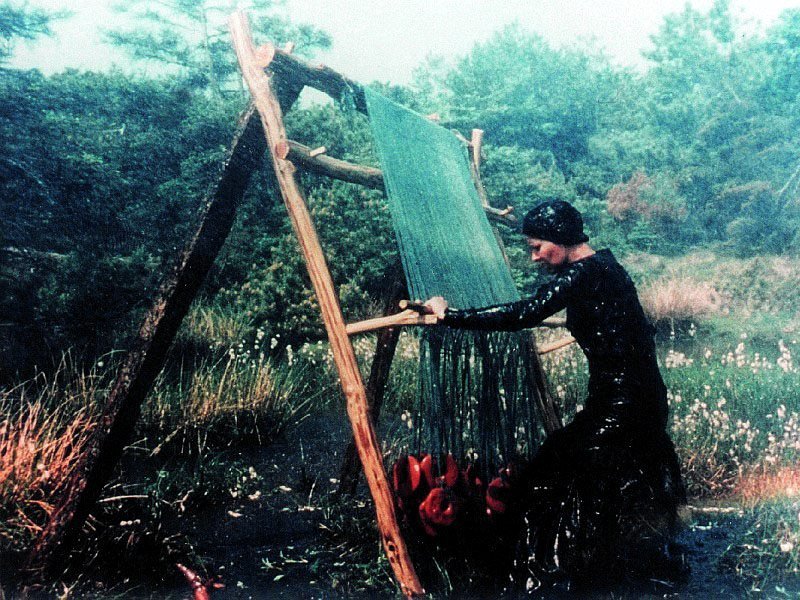
Medea (1988)
Between his attention-grabbing international debut with The Element of Crime (1984) and the success of Europa (1991), von Trier shot an extraordinary version of Euripides’s Medea for Danish television in 1988. Based on a script by Carl Dreyer, this transposes Medea’s abandonment by her husband Jason and harrowing revenge to a bleak Norse setting in what remains one of the director’s finest works, little-seen until a recent DVD release.
By contrast, von Trier’s spoof-gothic series The Kingdom (Riget, 1994-97) has gained a cult following. Set in a modern Copenhagen hospital peopled by increasingly grotesque characters and beset by paranormal forces apparently stemming from an ancient haunted cemetery that lies beneath it, it was remade in the US as Kingdom Hospital (2004).
Von Trier’s interest in more experimental TV form began with a semi-fictionalised talk-show series, The Teacher’s Room (1994), followed by six 24-hour interviews condensed into Marathon (1996), and continuing with D-dag, when four Danish channels showed four different versions of a bank heist scenario (one directed by von Trier) simultaneously on New Year’s Eve 1999, which viewers were invited to ‘cut’ between using their remote controls. A composite ‘finished film’ version appeared in 2001, to little acclaim.
— Ian Christie
Orson Welles
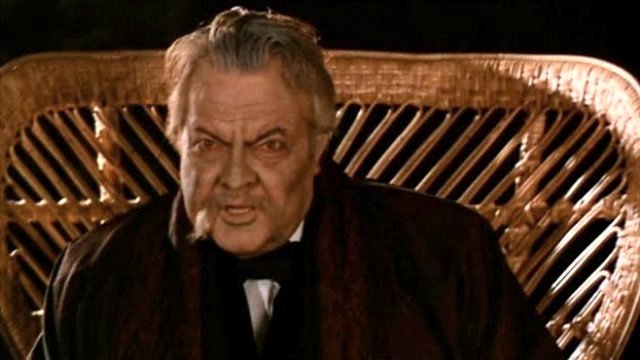
The Immortal Story (1968)
Think of TV and Welles and you think of cheesy ads for cheap wine or frozen food, or magic tricks on talkshows. The real story is more bittersweet: for Welles, TV was the one that got away.
Before he fell to earth after The Magnificent Ambersons (1942), the boy wonder had gobbled up theatre, radio and cinema with brilliant gusto. His genius was his apprehension of a medium’s unique properties: what made a play electric was different from what worked on the air or the big screen. From TV’s earliest days he had a conception of it as a conversational medium, ideal for storytelling and sleight of hand. This yielded UK productions like Orson Welles’ Sketch Book and Around the World with Orson Welles (both 1955), and the brilliant pilot he made for US TV called The Fountain of Youth (1956), which blended storytelling, back projection and lip-synching to intoxicating effect.
But instead of institutional largesse, Welles now found networks committed to formulaic genre output. He kept trying – a picaresque portrait of Gina Lollobrigida here, a Spanish travelogue with his family there – but it never took.
The 1968 Karen Blixen adaptation The Immortal Story (Histoire immortelle) was funded and broadcast by France’s RTF; formally it falls more in line with Welles’s idea of cinema than TV, but it’s interesting for its experiments with eroticism and (at the broadcaster’s insistence) colour. The secret triumph of Welles’s televisual language of conspiratorial cajolery, however, is F for Fake (1973) – a project conceived for TV but released on the big screen.
— Ben Walters
Also in our current issue
Robert Altman
Mario Bava
Ingmar Bergman
Tim Burton
John Cassavetes
Jack Clayton
Charles Crichton
David Cronenberg
George Cukor
John Dahl
Joe Dante
Frank Darabont
Claire Denis
Atom Egoyan
Rainer Werner Fassbinder
Federico Fellini
David Fincher
John Frankenheimer
Sam Fuller
Jean-Luc Godard
Walter Hill
Alfred Hitchcock
Imamura Shohei
Peter Jackson
Krzysztof Kieslowski
Joseph H. Lewis
Ida Lupino
David Lynch
Michael Mann
Oshima Nagisa
Sam Peckinpah
Maurice Pialat
Michael Powell
Eric Rohmer
Roberto Rossellini
Ken Russell
Martin Scorsese
Narciso Ibáñez Serrador
Steven Soderbergh
Steven Spielberg
Whit Stillman
Studio Ghibli
Jacques Tati
Jacques Tourneur
Agnès Varda
More TV features in the September special issue of Sight & Sound
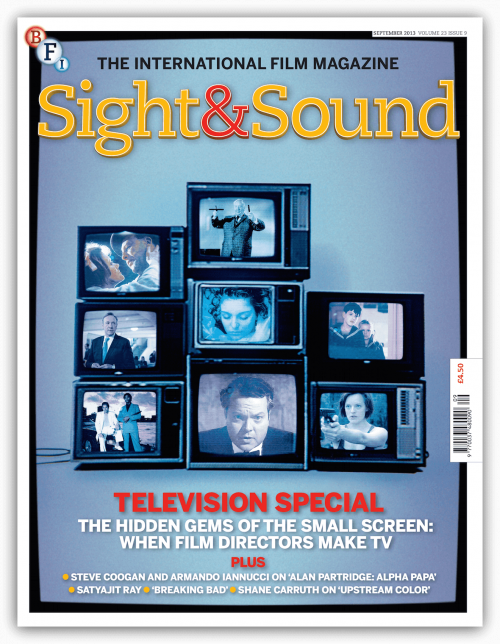
The secret life of Walter White
Climaxing this month with the US broadcast of its final block of eight episodes, Breaking Bad has become one of the most discussed and revered shows on television since its first season aired in 2008. A rich mix of film noir, sitcom and western traditions, it is above all a tragedy of Shakespearean proportions, centred on the unlikely figure of a 50-year-old chemistry teacher in suburban New Mexico. By John Wrathall.
An Alan for all seasons
Alan Partridge’s promiscuous appearances on numerous media channels – via radio and TV series, chat shows, awards ceremonies and webisodes – perhaps made his big-screen debut inevitable. But they have also created a rolling satire of the media landscape over the last 20 years. By Ben Walters.
-
Sight & Sound: the September 2013 issue

In this issue: Television special – the hidden gems of the small screen: when film directors make TV, plus Steve Coogan and Armando Ianucci on Alan...
-
The Digital Edition and Archive quick link
Log in here to your digital edition and archive subscription, take a look at the packages on offer and buy a subscription.




